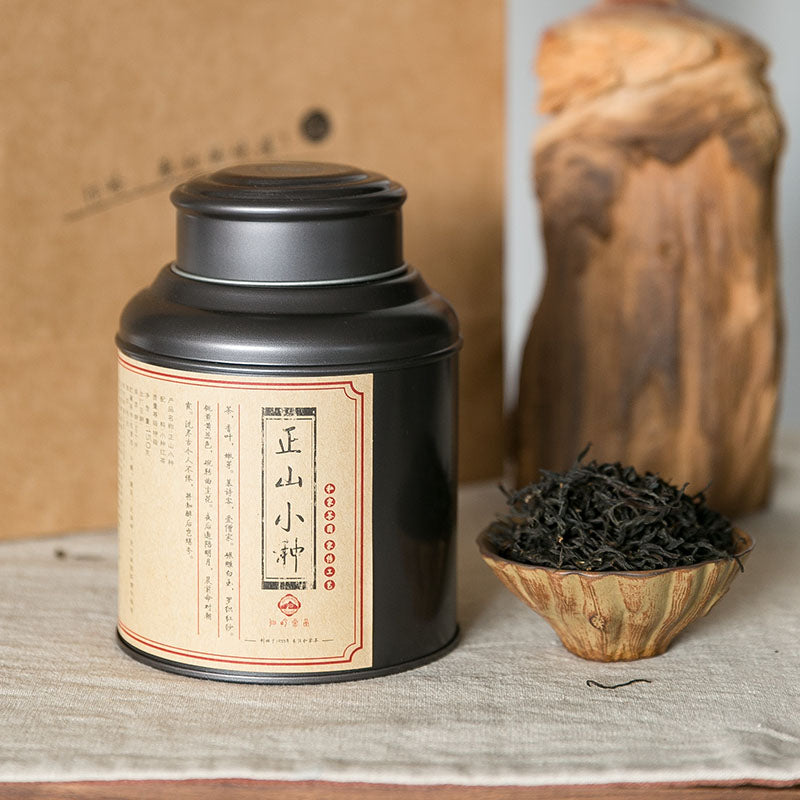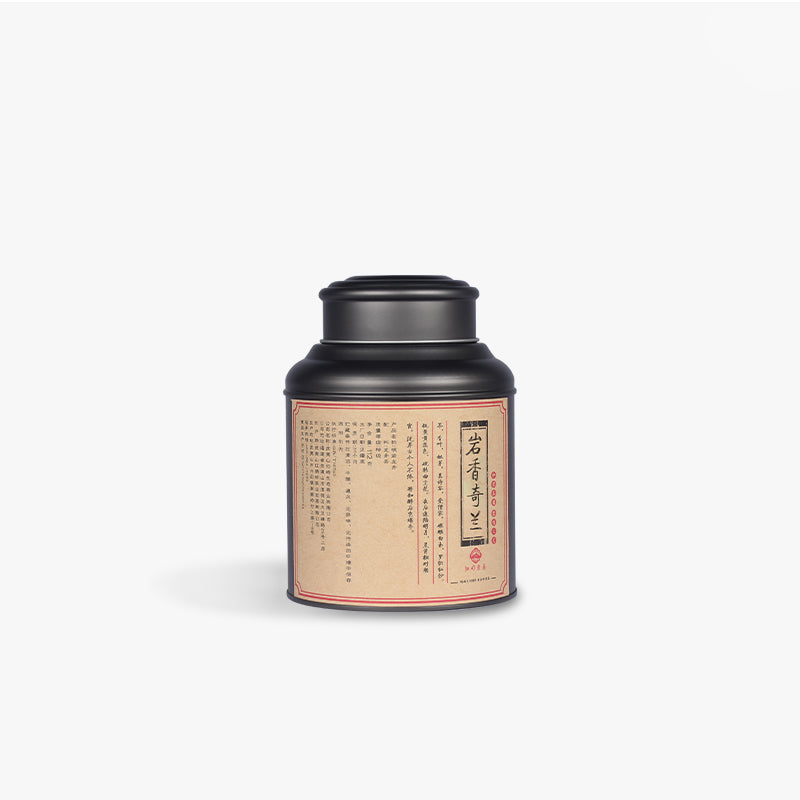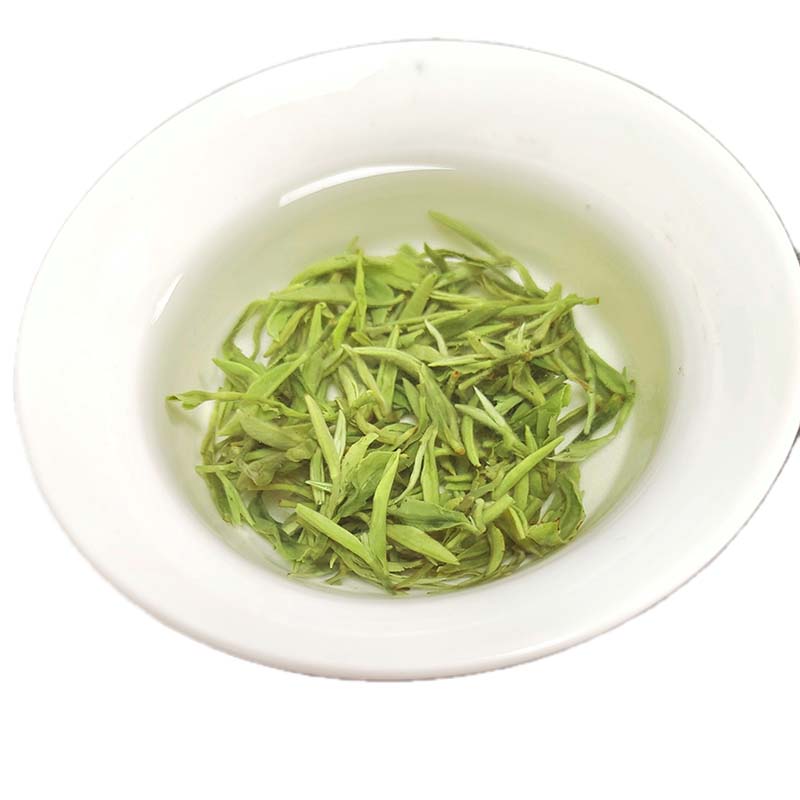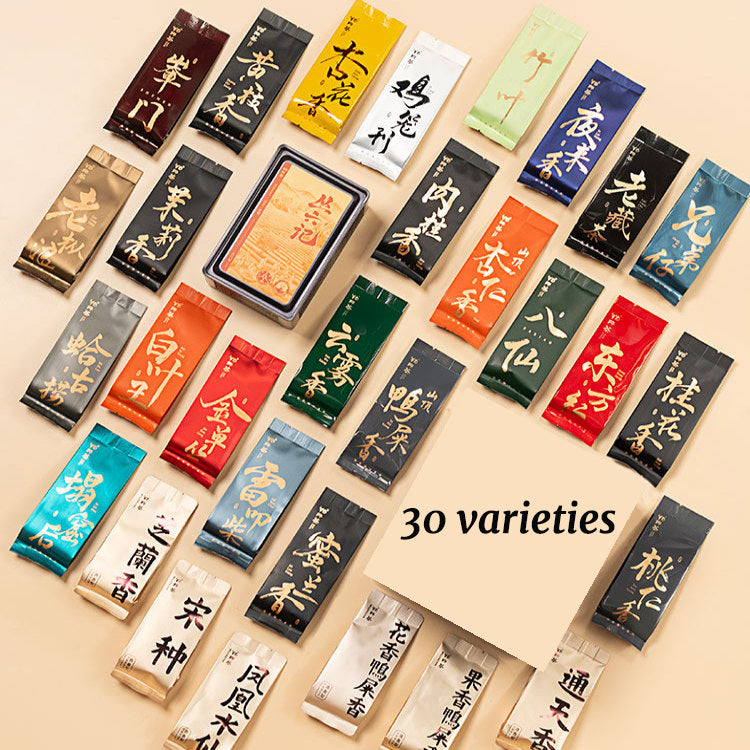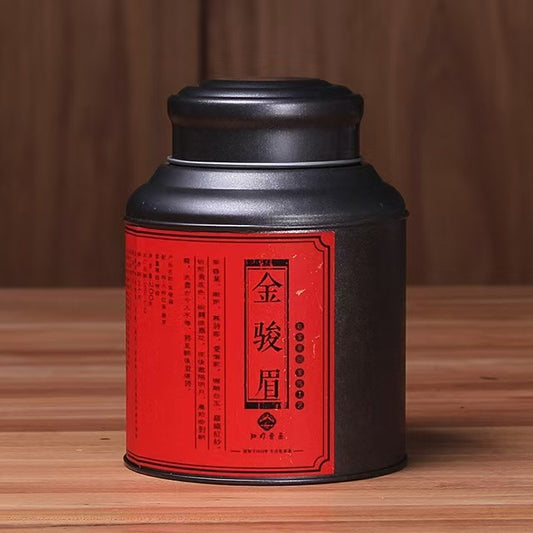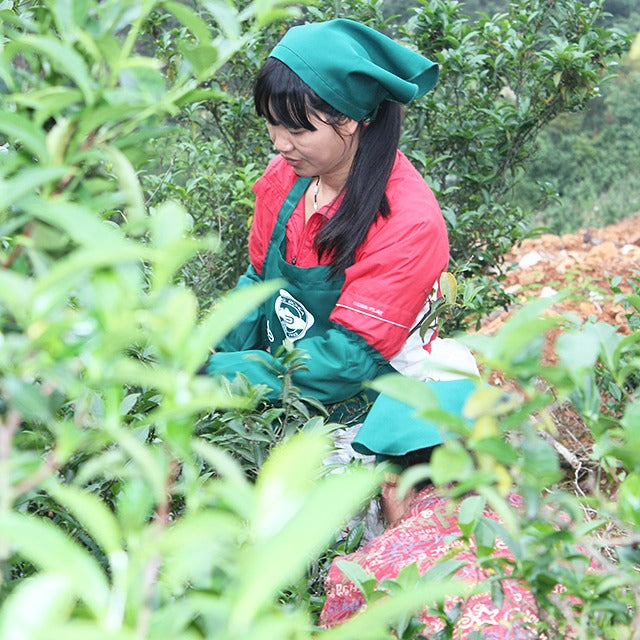Ambrosia Tea Recipe A Sip of Myth and Memory
Ambrosia Tea Recipe A Sip of Myth and Memory
Imagine strolling through lush gardens where each plant whispers secrets from the past. This is the feeling I get from ambrosia tea—a blend that seems as if it was steeped in the lore of ancient times, a nectar worthy of the gods. While not as storied as revered single-origin teas like Longjing or Da Hong Pao, ambrosia tea captures a sense of tradition mixed with a dash of playful creation, perfect for those looking to explore beyond the ordinary.
The name itself, 'ambrosia,' echoes mythological undertones. In ancient Greek lore, ambrosia was the food or drink of the gods, said to confer longevity or even immortality. While I can't promise eternal life, a meticulously brewed cup of this tea blend offers its own kind of earthly blessing—a moment of quiet reflection, a taste of something extraordinary.
With no singular definition, ambrosia tea recipes may vary, but they often aim to create a fragrant, floral, and slightly fruity profile. This is usually achieved through a base of black or green tea enriched with flower petals such as hibiscus or rose, along with citrus notes from orange peel or bergamot. Some enthusiasts even add a hint of spice—perhaps cinnamon or nutmeg—for warmth and complexity. It’s a liberating experience because you can tailor each brew, minute by minute, to suit the mood and season.
The craftsmanship in creating a perfect ambrosia tea lies in balance. If you've ever crafted your own blend, you'll know it's as much about intuition as it is about measurement. Too much floral, and you risk overwhelming the senses; too little, and the name loses its essence. It’s a delicate dance that mirrors crafting fine Yixing teapots, which must harmonize with the tea's flavor. Imagine the melody of jasmine flowers singing alongside the earthy notes of a robust black tea, each sip a carefully composed symphony.
Having tried various combinations over the years, I find myself gravitating toward a version that includes jasmine-scented green tea, dried apricots, and a sprinkle of lavender. The result is a cup that opens with the serene floral notes followed by a sweet, almost nectar-like conclusion. It’s an experience akin to sitting down with a cherished book—a sense of familiarity wrapped in layers waiting to be unraveled.
Brewing ambrosia tea is an art form. Begin with quality loose-leaf tea as your foundation, respecting its origin, whether from the rolling hills of China's Fujian province or Sri Lanka's verdant estates. Use fresh, filtered water to ensure nothing interferes with the purity of the flavors. Steep for just the right amount of time, tasting as you go, aware that even a minute can transform the character of your brew.
As you sip, you might find yourself pondering the threads that connect us to ancient customs—how a simple cup of tea can remind us of our shared stories. Maybe that’s the true magic of ambrosia tea: a brew that invites you to pause and consider life's fleeting yet profound pleasures. And who knows? In the quiet of your kitchen, armed with your own blend of ambrosia, you might just feel a touch of the divine.

